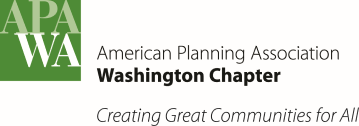3.4 Project Example #2
Action: Removing Organic Waste
Where: Seattle, WA
More Info: http://www.seattle.gov/util/EnvironmentConservation/MyLawnGarden/index.htm
and http://www.cedar-grove.com
In 1989 the City of Seattle adopted a solid waste management plan with a goal to recycle and compost up to 60 percent of the city’s waste by 1998. This plan spurred on multiple efforts, including: curbside collection of yard waste for single-family and multi-family residences; a public outreach campaign encouraging home composting by providing low-cost compost bins; and a garbage rate ordinance allowing Seattle Public Utilities (SPU) to fine users for disposing of yard waste in garbage cans. In 2000 SPU became one of the first public utilities with a variable or “pay-as-you-throw” rate to incentivize home composting, which has continually increased since. SPU has also expanded its organics composting program to collect food waste from single-family residences. SPU holds contracts with private companies for the collection of organic materials, which are picked up the same day as the garbage and then transferred to Cedar Grove, a privately-operated composting facility.
In 1988 Seattle’s recycling rate (including composting) was at 29 percent—in 2007 the rate had increased to 48.4 percent. Though the City has not met its 60 percent goal, the recycling rate is significantly higher than the national average of nearly 33 percent. As of 2009, organics yard and food waste, is collected for composting from single-family and multi-family residence and commercial customers.
United States. 2006 MSW Characterization Data Tables, (Washington DC: U.S. Environmental Protection Agency, 2007), 6.
At-home composting container (left) and curbside collection container (right).
3.4 Waste Management | Table of Contents
|

